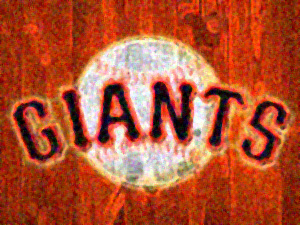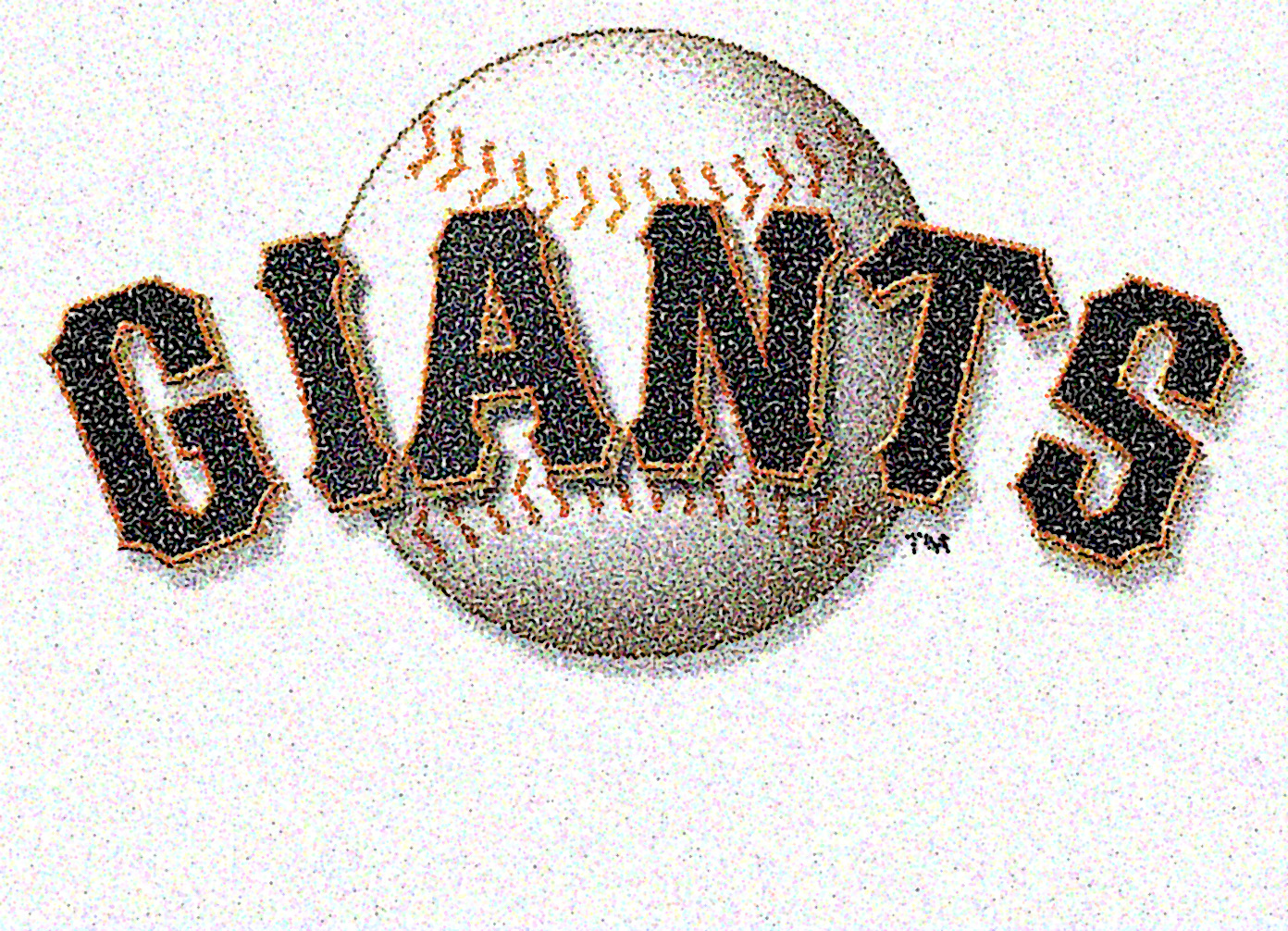Traditionally Major League Baseball divides every season into the “first half” and “second half”, with the All-Star break being the magical dividing line.

The actual numerical halfway point of the 2018 campaign will occur when the Giants play their 81st game, against the Rockies on June 27, 2018.
But enough of all the complicated mathematics and my take on string theory (I always enjoy having mozzarella while watching the All-Star game).
Looking at the upcoming schedule for the Giants, it’s clear that the first half will be a huge challenge for a team looking to rebound after a disastrous 98-loss season in 2017.

To understand just how daunting San Francisco’s first half schedule is, we have to in some way categorize the level of the teams they will be facing. There are dozens of different ways to do that, but a reasonable approach is to look at 2017 team performance and factor in what each team did or didn’t do this offseason.
I have arbitrarily divided the Giants’ 2018 opponents into three broad categories: “Top teams”, “.500 teams”, and “Sub-.500 teams”. In assessing opponents’ strengths and weaknesses there are certainly other critical factors that could be included: pitching match-ups, ballpark effects, key injuries, the emergence of rookie players, and so on.
And no doubt there are a couple of wobbler teams which could legitimately be rated higher or lower (specifically Milwaukee, the LA Angels, and Texas Rangers).
But you have to start somewhere or the introduction to this piece would be 700 words instead of 324 words.
In the first half of the 2018 season, the Giants will play:
- 43% of their games against “Top teams” (42 games); 22% against “.500 teams” (22 games); and 35% against “sub-.500 teams” (34 games).
– - In the month of April alone, San Francisco plays 76% of their games against “Top teams (22); 7% against “.500 teams” (2 games); and 17% against “sub-.500 teams” (5 games).
The uphill challenge of the first half of their schedule is crucial to understanding the Giants’ ongoing performance as they navigate the 2018 season.
Following last season, San Francisco’s front office and ownership group fully committed to the veteran players they signed to long-term contracts. San Francisco also identified their three most critical needs, and to some extent addressed their outfield, third base, and bullpen problems.

If San Francisco can arrive at the All-Star break playing at or near .500 ball, they will have done exceptionally well. That may sound weak, but given the high level of opponents they will have faced it would actually be a significant achievement.
Which would then be a green light for Giants’ ownership to go out and get any additional pieces needed at the non-waiver trade deadline. Then see if the team can mount a successful stretch drive.
If the Giants have a particularly rough first three and a half months, even the positive post-All-Star game landscape won’t be able to resuscitate them. I would then also expect the front office to conduct a non-waiver trade deadline sell-off of several players (think Andrew McCutchen and pitching).
We know not to assume that any part of a Major League schedule will be “easy” for any team. But the second half of the 2018 campaign skews in San Francisco’s favor.
In the second half of the 2018 season, the Giants will play:
- 34% of their games against “Top teams” (22 games); 34% against “.500 teams” (22 games); and 31% against “sub-.500 teams” (20 games).
– - In the month of September, San Francisco plays 23% of their games against “Top teams (6); 42% against “.500 teams” (11 games); and 35% against “sub-.500 teams” (9 games).
Again, nothing is a lock. The games have to actually be played on the field and we have noted there are many other factors that affect outcomes.
Plus there are three National League teams nearing the final stages of major rebuild projects. It wouldn’t be a huge shock if either Philadelphia, Atlanta, or San Diego broke out a little earlier than expected.
So we have a clear map of where the San Francisco Giants need to go in April and in the months leading up to the All-Star break. This veteran team will be challenged early to show they have the pitching and run production to succeed in 2018.
And it will be a fascinating journey to follow.
————————————-
Team ratings used in this piece:
“Top teams” (7): LAD, WAS, HOU, CHC, ARZ, LAA, MIL
“.500 teams” (5): STL, COL, NYM, SEA, PIT
“Sub-.500 teams” (7): SDP, CIN, PHI, ATL, MIA, TEX, OAK
Add The Sports Daily to your Google News Feed!
